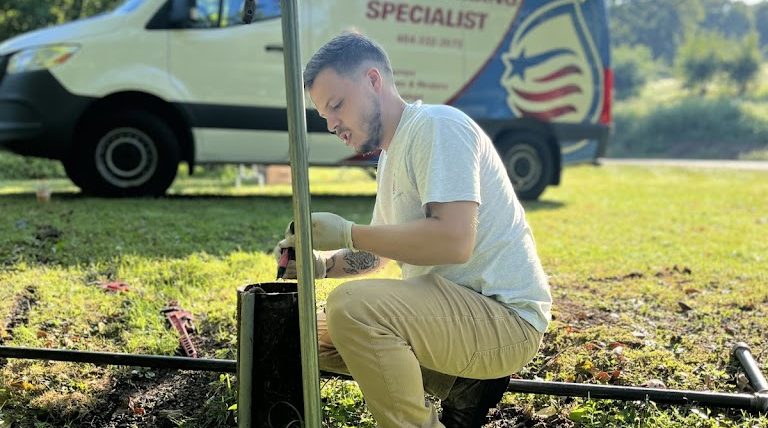
It can be frustrating if your well pump stops working, especially if your home relies on well water. Whether you’re in rural Pennsylvania or anywhere else, understanding the typical issues with well pumps can save you time and effort. Below, we’ll dive into the most common well pump problems and solutions to get your water flowing again.
Things to Verify Before Assuming Your Well Pump Has Broken
Before assuming the worst, always check these areas:
- Power supply: Ensure the pump has electricity.
- Breaker: A tripped breaker might stop your pump from working.
- Pressure switch: Sometimes, the switch controlling water pressure might be the issue.
- Well tank: Is your tank running out of water?
Once you’ve ruled out these simple fixes, it’s time to troubleshoot these well pump problems.
How Long Do Well Pumps Last?
On average, a well pump can last between 8 to 15 years, depending on its usage and maintenance. If you have an older system or you see signs of a well pump failure, it might be nearing the end of its lifespan.
Signs of a Faulty Well Pump
If you are confused, look out for these signs of a failing well pump:
- Water pressure is fluctuating.
- Air spitting from faucets.
- Water containing dirt or sediment.
- The pump runs constantly or cycles frequently.
- Strange noises coming from the well pump.
Common Well Pump Problems and Solutions
Is your water well not working? Here are five common problems and how to fix them:
1. Pump is Pumping Sediment
A well pump pulling up sediment or sand might indicate a low water table or a damaged well casing.
Solution:
- Install a sediment filter to protect your system.
- Raise the pump if possible to avoid drawing from the sediment.
2. Pump is Pumping Air
If air is coming out of your faucets, your pump may be pulling air instead of water. This could happen if the water level in the well is too low or if there’s a leak in the suction line.
Solution:
- Check for leaks in the system.
- Ensure the water level in your well is adequate.
3. Water Pressure is Low
Low water pressure can result from a clogged filter, pipe blockage, or a pressure tank issue.
Solution:
- Check the filter and clean it if necessary.
- Adjust the pressure switch.
- Inspect the pipes for blockages or leaks.
4. Pump is Constantly Running
If your pump runs non-stop, it may mean there’s a leak in the system or the pressure switch is malfunctioning.
Solution:
- Inspect the system for leaks.
- Replace or adjust the pressure switch.
5. Pump is Constantly Cycling
Frequent cycling indicates an issue with the pressure tank or switch.
Solution:
- Check for waterlogged pressure tanks.
- Replace the pressure switch if needed.
Signs of a Failing Well Pump: Why You Need Professional Help
Sometimes, despite your best troubleshooting efforts, you may still struggle with well pump problems. That’s where the professionals come in. Whether your pump is showing signs of a failing well pump, or you just can’t seem to pinpoint the issue, it’s best to contact a local well pump repair service.
At Berks Plumbing Specialists, we specialize in well pump troubleshooting and can help ensure your system is functioning properly. If your water well isn’t working, don’t hesitate to reach out to us for expert assistance.
Frequently Asked Questions About Well Pumps
The average lifespan of a well pump is typically 8–15 years. This can vary based on factors like usage, maintenance, and pump quality. To maximize its lifespan, regular inspections and servicing are essential. If you notice decreased water pressure or unusual noises, have the pump checked promptly.
The decision depends on the specific issue and the pump’s age. Minor problems can often be repaired, but if your pump is older and frequently failing, replacement may be more cost-effective. Consider signs like low water pressure or a noticeable decrease from previous levels.
To reset your pump, locate the reset switch (usually near the pressure tank) and turn it off for 60 seconds before turning it back on. If the pump doesn’t restart, you may need professional assistance.

